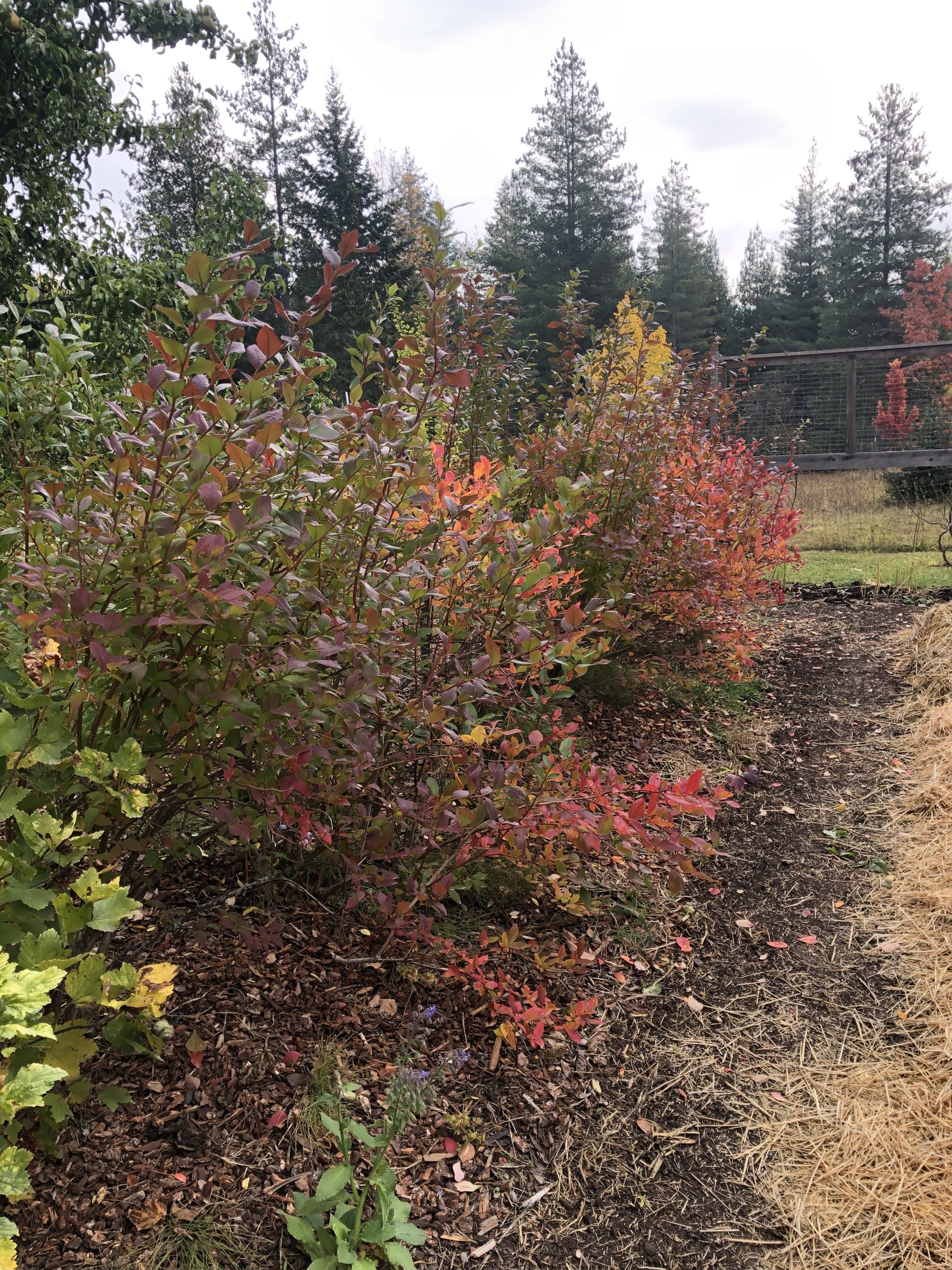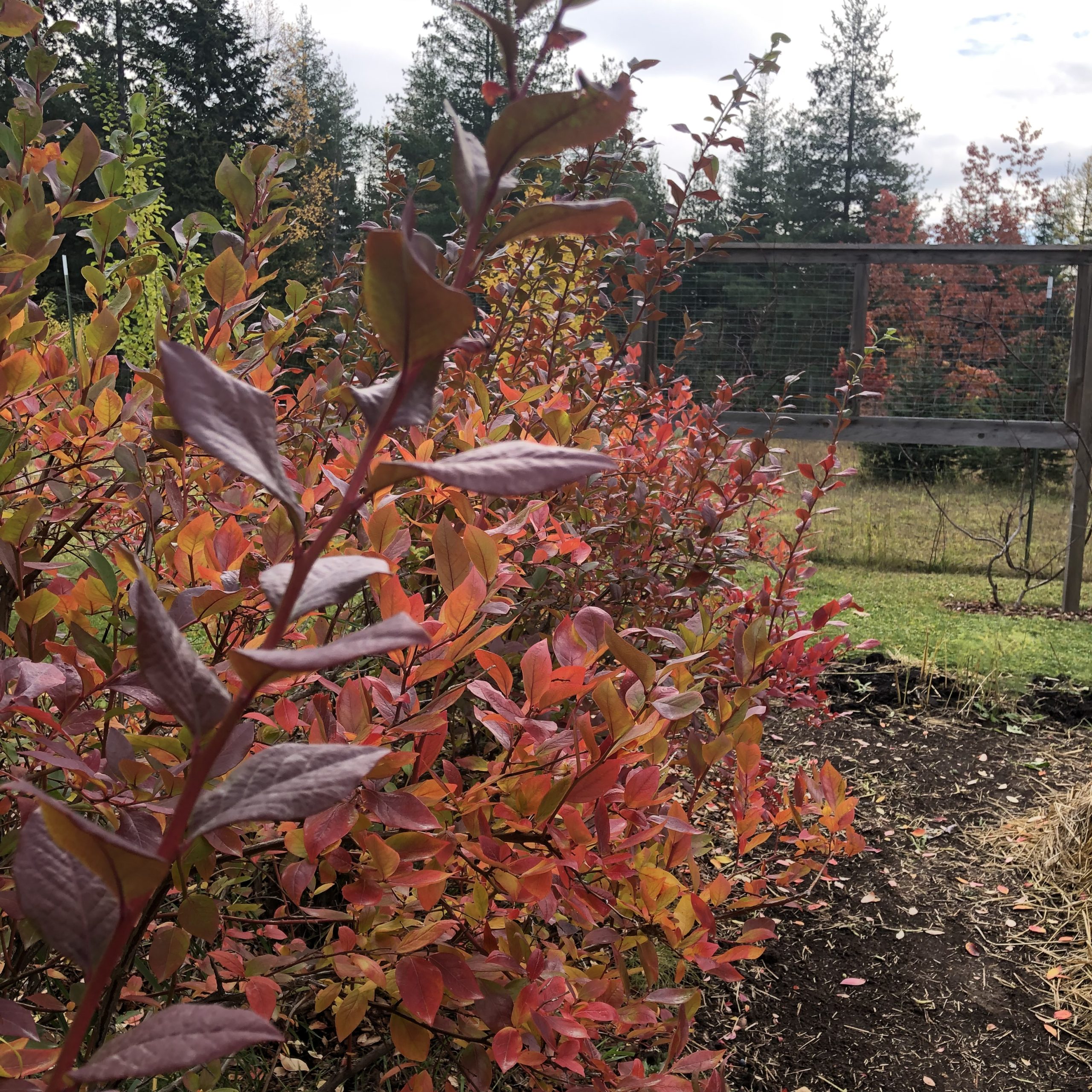Twine, Trussin’ Blueberries and Winter Damage
Like most 75 year-old farmers, it is the simple things that interest me. Take twine for instance. I may have referenced my deep love for it elsewhere earlier.
The two main types I use are jute and sisal.
Jute Twine: The Basic Stuff of a Gardener’s Life
Jute is my daily go-to for securing tomatoes and other climbers or trailers. It is tough but not too strong, and will generally last one whole season but degrade and break after that. Perfect because it is 100% biodegradable and can be tossed into the compost.
If you pull hard on jute twine it will break with a snap of dust, so its uses are limited to somewhat light-duty applications.
It comes in natural (my choice) or green — but I suspect the green might contain dyes with chemicals I don’t want to introduce so I steer clear of that one. Jute twine is something I keep on hand in bulk when I see it on sale. It’s gonna get used, it is just a matter of when.
Superior Sisal Strength

Sisal twine is what I consider the Big Gun of the twine world. This stuff is stronger, has longer fibers and if you’re fooling with it too much, you’re gonna want to put your gloves on — it will cut you.
It can be reefed on in a way that jute can’t. I tie it to T-posts then trot around each blueberry bush with the roll, securing it pull as hard as I can — and it still holds up.
It can almost not be broken and will last more than a year in Northern Idaho, where you will get every gnarly weather variation Nature can provide.
Why is this analysis twine necessary?
Every fall I tie up my high bush blueberry plants.
Difference Between High and Low Bush Blueberries
| High bush blueberries | Deciduous, perennial shrubs. Larger than low bush and generally tall at maturity. Some say they are more robust. One of my friends, Rose, let us pick her Grandma’s bushes years ago, and they were taller than us and filled with luscious quarter-sized berries. It was like a fantasy forest of food. High bush blueberry leaves become gloriously red in fall. There are two types of high bush blueberries: Northern and Southern. Northern thrive in zones 4-7 and Southern, as you might expect and not hardy and like to hang out in zone 10. Northern high bush blueberries need the winter chill to thrive and set fruit. But they don’t need an arctic blast as Debby and Rick found years ago when an early cold snap dipped the temperatures below zone 4 territory and took many of their blueberry bushes. |
| Low bush blueberries | Smaller, these are known as wild wild blueberries on the east coast and survive in zones 3-7. They sprawl and have small berries. They are even hardier and can easily live in zone 3 in rocky, poor soil. But these are not generally cultivated in gardens. |




Now Get Out There and Truss!
Every fall, I give each of my six blueberry bushes a bear hug and a swaddling before the snow flies in earnest.
This is actually an important task for my blueberry pals, givers of gallons of luscious fruit and takers only of water and a healthy layer of nice, acidic bark.
When it is time to tie up the blueberries I have worked my way through an entire page of gardening tasks that need to happen before the snow flies. It is generally quite cold outside. My motivation dwindles in direction proportion to the cold and rain.
I would almost always prefer to stay inside, drink coffee and bake at this time of year. This is the time right after the big push before the first freeze when I motivation wanes and all thoughts turn to hibernation. Knowing what is coming for my much-loved plants motivates me.
Winter Wallop
Tying their branches up will prevent the inevitable wet, heavy snow from breaking blueberry branches. Just getting them less horizontal to the ground is the goal, you don’t have to know any special knots or anything. (Knot novice here who wants to learn).


I started trussing them this after I noticed some breakage one spring and wanted to decrease it to give my blueberries a break — or rather, prevent one.
Pend Oreille pre-mix is a thing — trust me. If you don’t think so, let me introduce you to the upcoming January Chinook.
If you like snow measured in feet, the Selle Valley is the reliable snowbelt for you. And it is also perfect for feet of snow followed immediately by copious rain. This creates weight on vulnerable branches and limbs and makes growing trees with limbs parallel to the ground tough.
Lately, we have also experienced ice storms like in the Midwest, where ice coats every little limb and weighs it down in a 24-hour event.
Rabbithole link: Check out ghost apples, which result from icestorms.
Last year one of these events caused every tree on our property with a diameter of about two inches to literally snap in half.
Of course trees with a horizontal, spreading structure that are wider than they are tall are so drop-dead gorgeous and always catch my eye. Think pagoda dogwoods and mimosas. Drooool.
Unfortunately, they are also often damaged by wet snow. Redbuds and ginkos are liable to get their branches ripped off from the top down. Devastatingly, I had one of each of these trees die due in part to my earlier experience plus the annual wet heavy snow events we have.
Tucked In for the Duration
So now, with the blueberries trussed and the protective plastic tree trunk guards on my young fruit trees to prevent gopher girdling, I can rest a little.
Next up, baking adventures!

